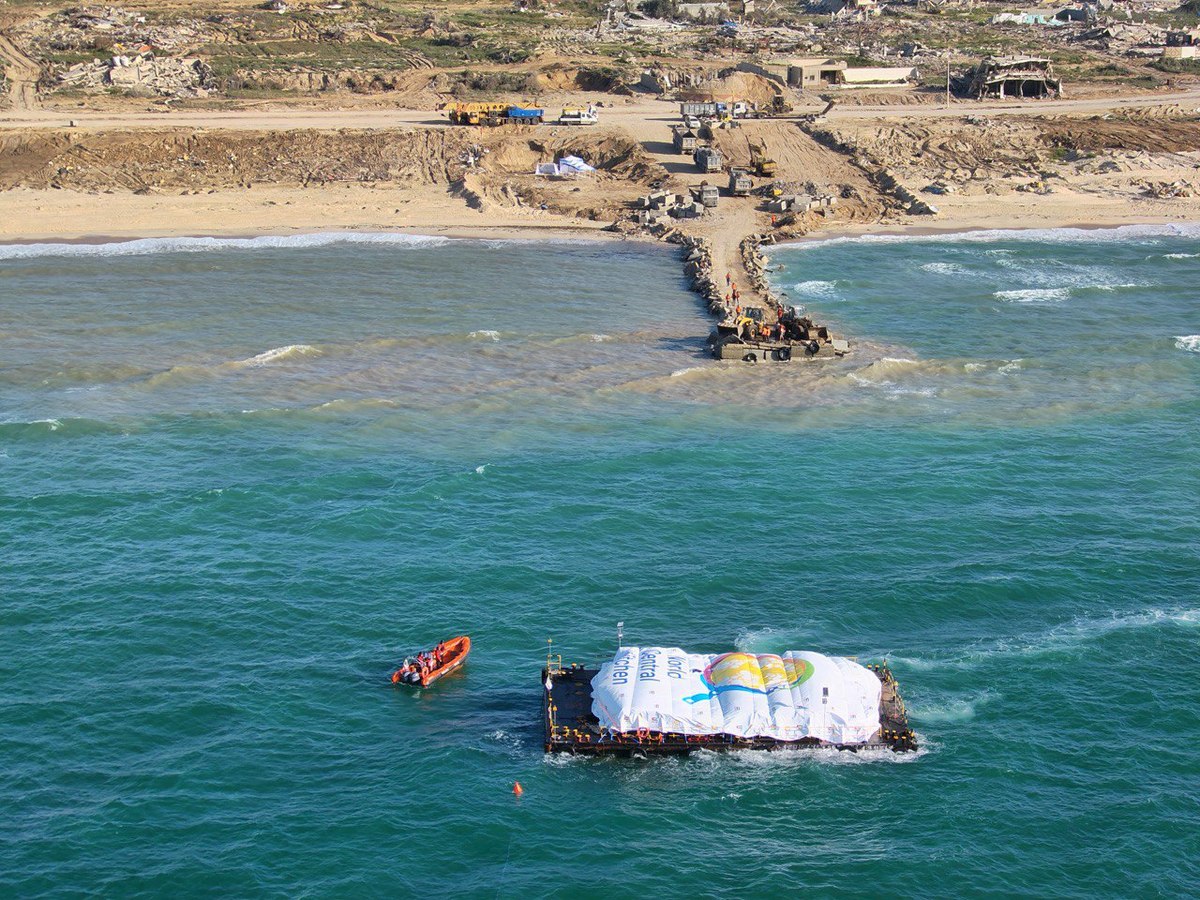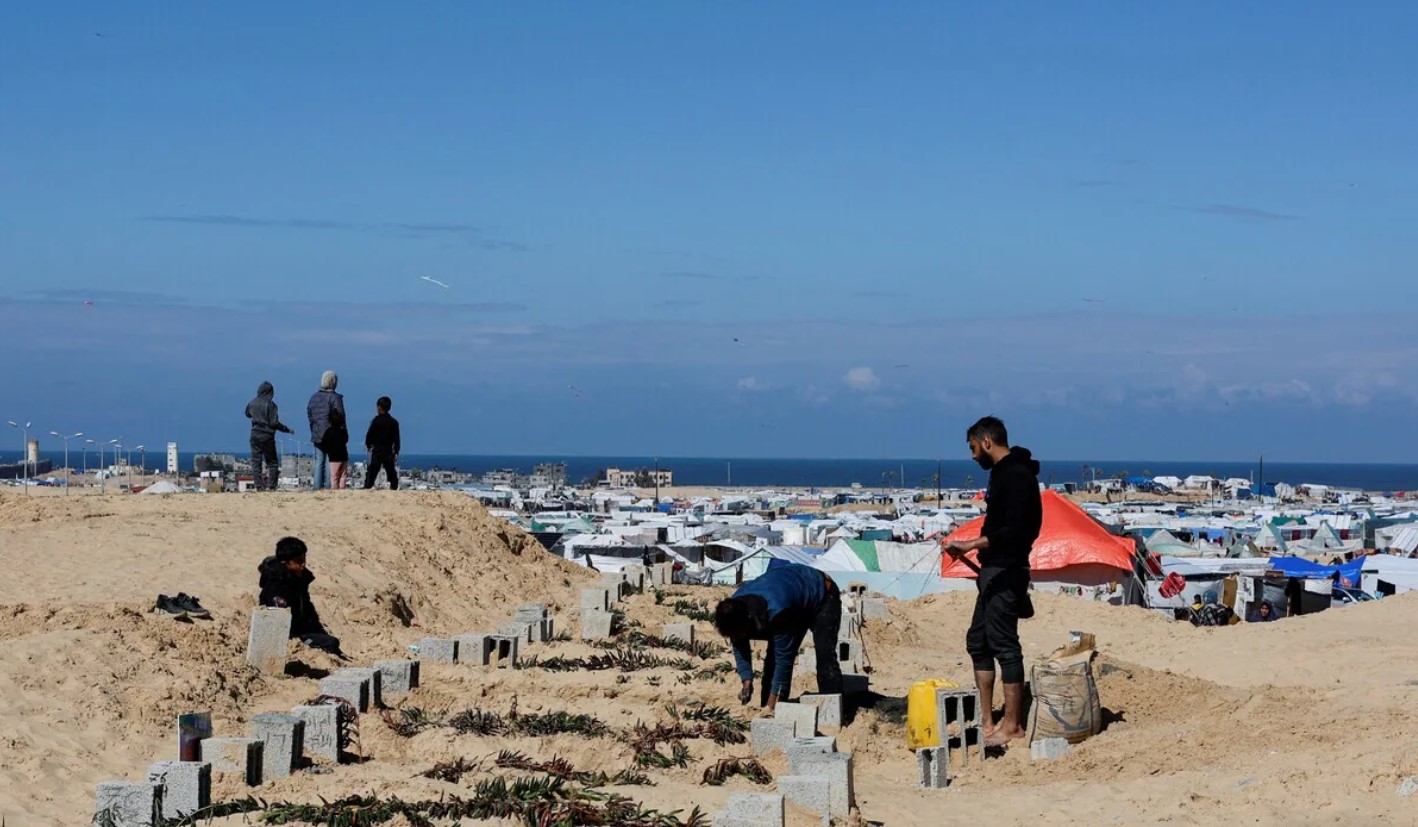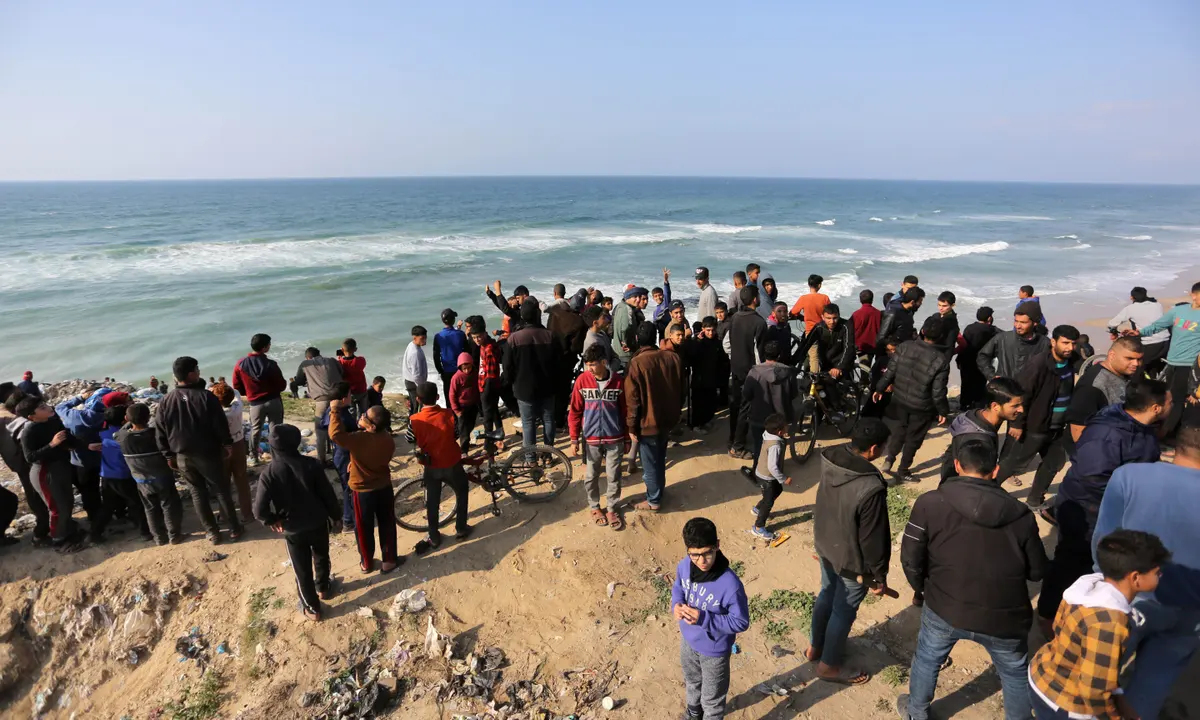
A ship carrying humanitarian aid left a port in Cyprus and successfully reached the shores of Gaza. Containers containing close to 200 tons of food were unloaded into the enclave on Friday evening.
Finding a solution: multi-pass food supplies to the Gaza Strip
Food supplies are also being supplied by land and air, but the current level of assistance is insufficient to meet the needs in the Gaza Strip. The offshore operation was organized by US charity World Central Kitchen (WCK), supported by financial donations from the United Arab Emiratesand the vessel was provided by a Spanish charity.
The initial shipment of humanitarian assistance comprised rice, flour, legumes, canned vegetables and protein products. WCK is currently preparing a second batch of needed aid in the Gaza Strip, where, according to the UN, almost the entire population is in a hunger crisis.
World Central Kitchen’s creator, renowned chef José Andrés, stated in a message on X (previously known as Twitter) that the entire food cargo from the barge was unloaded and transported on 12 trucks. Given the lack of a working port in the enclave, a temporary pier was built specifically to receive cargo, using debris and parts of destroyed buildings as materials.
The direction of aid trucks and how food will continue to be distributed in the situation in the Gaza Strip remains uncertain . However, if the current maritime mission is considered successful, other ships carrying humanitarian aid will also travel to Gaza using the newly created maritime route direct to the enclave.

The cargo will be subject to security checks in Cyprus by a team of Israeli personnel, avoiding the need for additional security checks upon unloading and thus minimizing possible delays in the delivery of aid.
Earlier it became known that the United States intends to construct its own floating dock along the coastline of Gaza to increase maritime supplies. The White House has said it is possible to deliver two million meals daily to Gaza. However, so far the warship with the necessary equipment for the construction of the dock has not yet reached the enclave
The inevitability of sea deliveries: reasons for delivering humanitarian aid to Gaza via sea
Following the Hamas attack on October 7, Israel launched a military operation in Gaza, almost completely isolating the enclave from the outside world. Food production in Gaza has suffered significantly during the five months of war, with farms, bakeries and factories destroyed or shut down. Humanitarian organizations have faced difficulties in supplying and distributing food to the population of Gaza, which numbers two million individuals.
The fastest and most efficient way to deliver aid to the enclave is through the road. However, due to Israeli restrictions, only a fraction of the aid needed reaches Gaza, leaving humanitarian organizations struggling.
The World Food Program was forced to stop supplying goods by road after their convoys were attacked and robbed. And last week’s air delivery of aid ended tragically, with five people killed when the cargo fell due to a failed parachute. Humanitarian groups have long criticized the idea of dropping humanitarian supplies by air into Gazaas ineffective and costly.

The United Nations (UN) is warning of the possibility of famine in the Gaza Strip, which is becoming almost inevitable unless urgent action is taken.
European Union (EU) foreign policy leader Josep Borrell earlier this week accused Israel of employing starvation as a tool of warfare. In response to these accusations, Israel has categorically denied responsibility for food shortages in the Gaza Strip, emphasizing that aid supplies are allowed through two checkpoints in the south.
Negotiations for a ceasefire in the Gaza Strip are ongoing, but a ceasefire proposal put forward by Hamas has been rejected by Israel. Recall that the war in Gaza began after an attack by Hamas militants on southern Israel on October 7, as a result of which about 1,200 people were killed and 253 people were taken hostage. More than 31,400 people have been killed in the enclave since then, according to Gaza’s Hamas-controlled health ministry.
